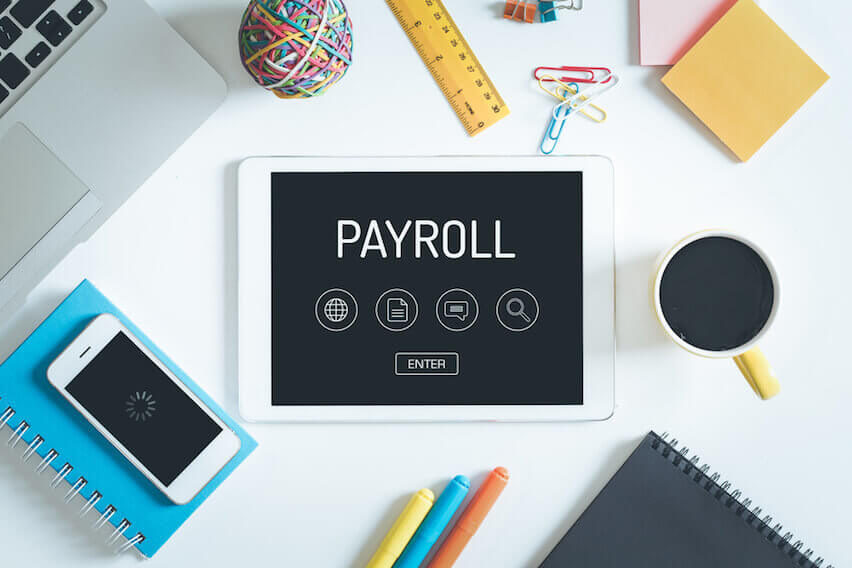Single Touch Payroll (STP) is the process by which taxation and superannuation information is sent directly from STP-enabled software to the ATO. Every time you file a pay run to the ATO to pay your employees, that information is then transmitted to the ATO in real time.
The first phase of STP, “STP1” has been successful in the rollout across the country and has provided a number of benefits to employees and employers in streamlining the flow of information necessary for completion of tax reporting obligations.
Information collected by STP2-enabled software will flow directly to Services Australia, enabling them to streamline their services.
Initially intended to commence on 1 July 2020 the start date was pushed back to 1 January 2022 and, while 1 January 2022 remains the mandatory start date, employers who start using STP on or before 1 March 2022 will be considered by the ATO to be reporting on time.
In addition to the 1 March 2022 deadline, DSPs can apply for a deferral to enable them to complete software development and roll it out to their clients. DSPs will advise their clients if they have a deferral and when clients can start to reporting through STP2.
The ATO will not penalise genuine mistakes for the first year of STP2 reporting until 31 December 2022.
Where employers need extra time to prepare, beyond whatever deferral has been granted to their DSP, those employers or their registered tax or BAS agents will be able to apply for a further delay in transition. Details and applications for those employer deferrals are expected to be available on the ATO’s website from early December 2021.
Additionally, employers in particular circumstances will be able to apply for exemptions from the STP system. For example, employers with a withholding payer number (WPN) are exempt from STP reporting for all financial years from 2018–19 to 2021–22. Those employers will need to start reporting these payments through STP from 1 July 2022.
Employers will need to make sure they are ready for STP2 before March 2022 unless a deferral is granted, it will only be employers in very exceptional circumstances which may be overlooked for the purpose of registering for STP2, such as having poor or no internet access.
If you are unsure as to whether you are ready for STP2 or require further information, please contact MDC.


